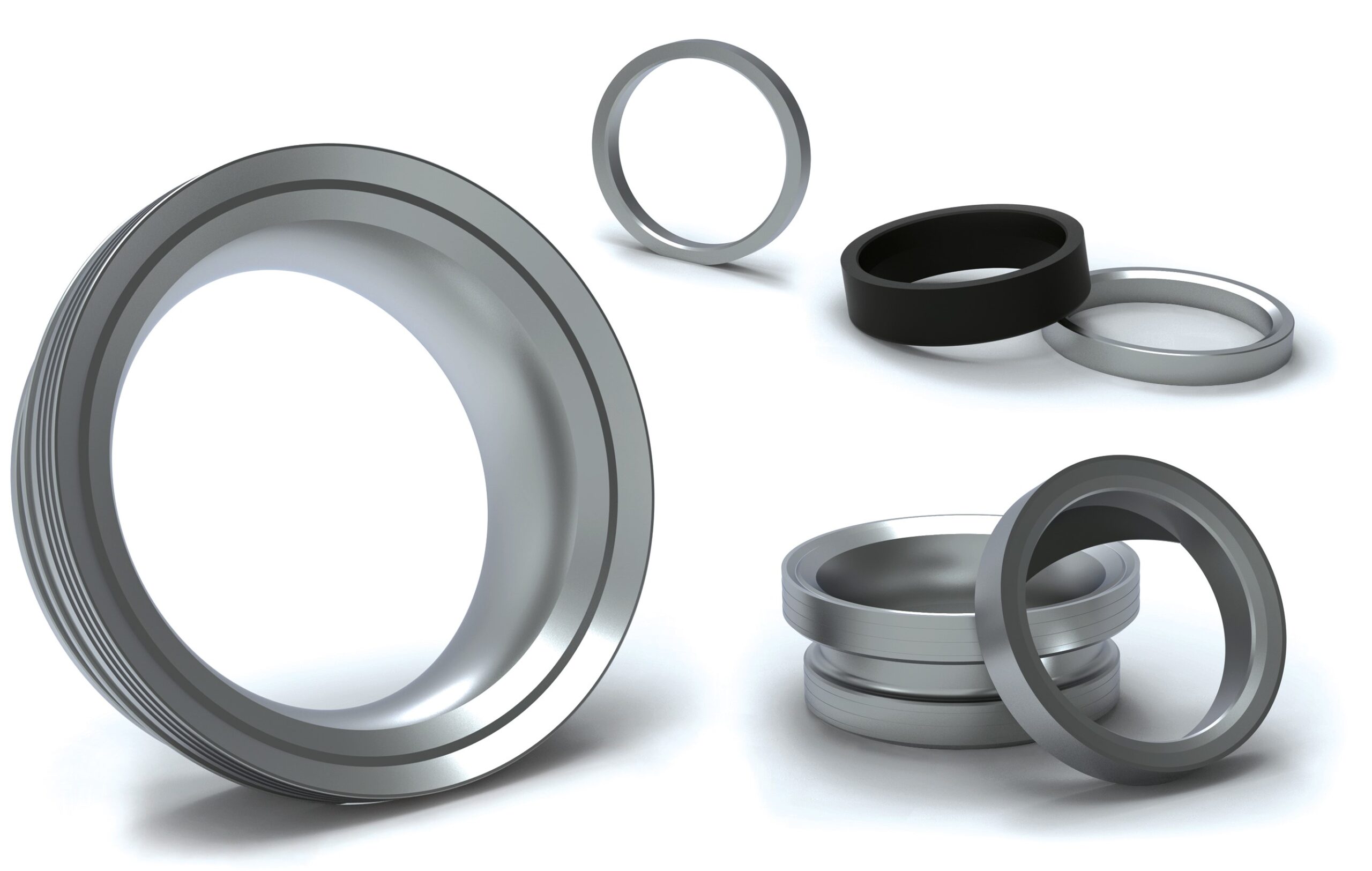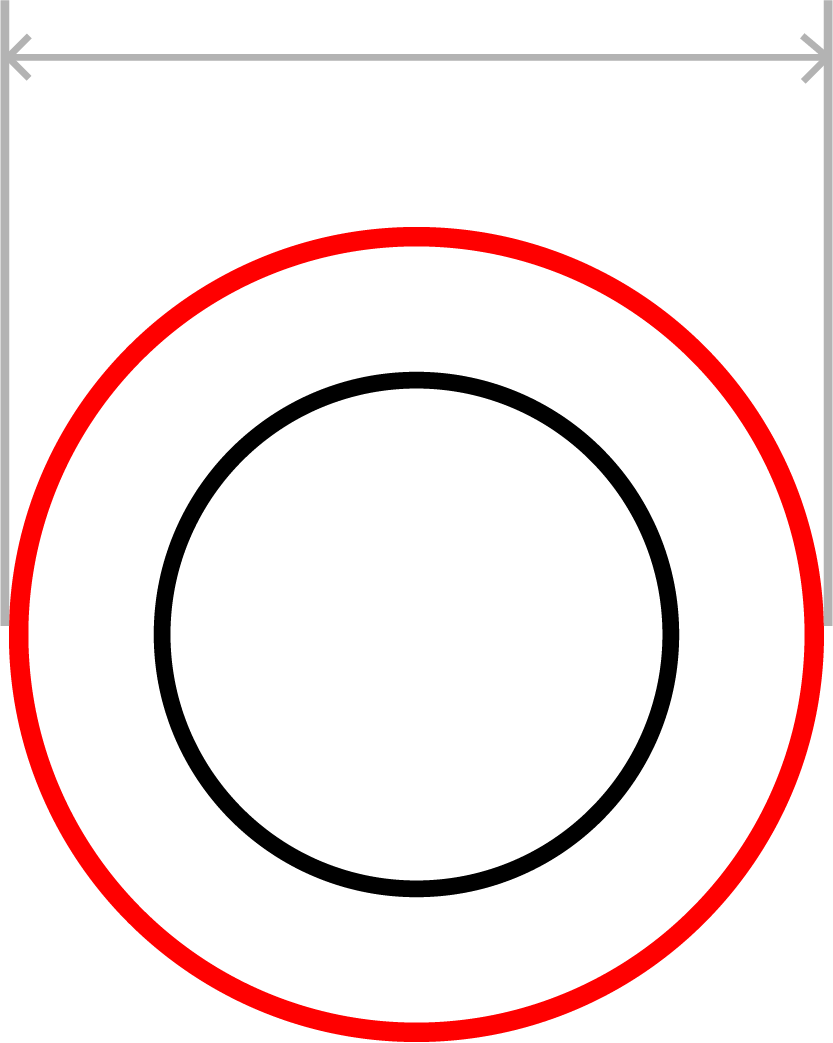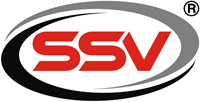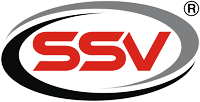SSV Valves | Manufacturer of Engine Valve Train Components
One of the largest manufacturers
of engine valve
Manufacturing Unit 1
- Plot No 2513, Kranti Gate - 1, H1 Road, Metoda GIDC, Rajkot - 360 021 Gujarat – INDIA.
Manufacturing Unit 2
- Plot No 2529 & 2530, Kranti Gate - 1, H1 Road, Metoda GIDC, Rajkot - 360 021 Gujarat – INDIA.
Registered Office
- 8/9 Rajyog Building, B/H Silver Chamber Tagore Road, Rajkot Pincode: 360 002 Gujarat, INDIA.
- +91 9925500009
- info@ssvalves.net
Follow Us On:
Our Products
Seat Rings
Valve seat rings are integral part of valve train assembly consisting valve spring, spring retainer, cotter, guides and valves, fitted on cylinder block head to seal combustion chamber with face of inlet and exhaust valves.

Its round shaped angle helps engine valves to rest on its surface and transfer heat to cylinder blocks. Widely, seat rings are made from magnetic and nonmagnetic materials, like PL12MV, WELL-TITE, MAR-TITE & high chrome/nickel content with centrifugal process for high-end heavy-duty engines.
During refurbishment or overhauling of engine, orientation of seat rings with valves and guides must be aligned, otherwise it will result in to bending, crack, quick wearing of parts and loose fitting of seats often end up falling out result in failure and damages engine.
Generally, inlet valves are made of martensitic steel and exhaust valve are made of austenitic steels or high alloy steel. Based on their design, material and application, valves can be monometallic, entirely fabricated from a single metal, or bimetallic, fabricated using a friction welding process to have properties of austenitic head and martensitic stem.
Largest Manufacturing Facilities for Seat Inserts
Standard and Centrifugally Casting Process
International Standard for Performance and Reliability
Magnetic and Non-Magnetic Material
Special Heat-Treated Material for High Resistance to Seat Wear Out
Customization to oversize of +.005. +.010, +.015, +.020. +.030
Depends on your need
Customized Range

Outer Dia
20 mm to 2750 mm

Inner Dia
5 mm to 125 mm

Thickness
6 mm to 150 mm
Engineering behind Manufacturing
Valve Seat Rings and Valve must pair with each other for superior performance and so does the engineering behind its’ making. Conventional material or Super High Grade Chromium/Nickel based material are the very fundamental for its robustness. Manufacturing seat rings from bar stock, forged or centrifugal casting is based on its application/use in diesel or high temperature gas engines, which also align grain flow structure to resist wear out.
Our quality control process in manufacturing at each stage allows us to maintain dimensional accuracy, perpendicularity, porosity, hardness and tensile strength, resulting in supplying zero defect rings to customers.
Proactively meeting customer expectations is what we do at SSV, every day.
SIMPLIFY THE QUALITY, DETERMINE THE PRODUCT

